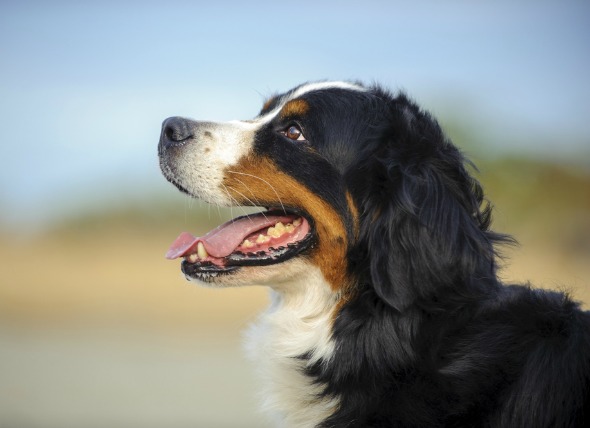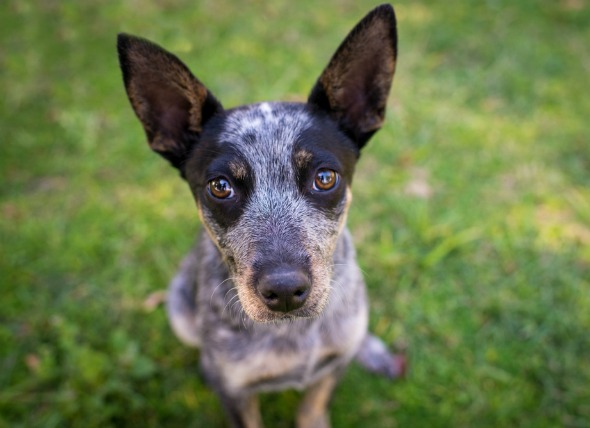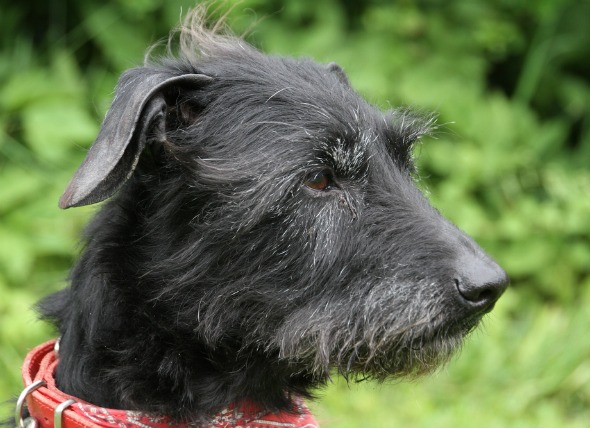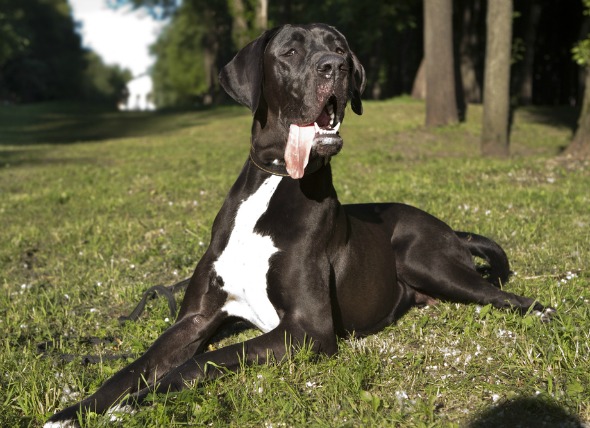
Atlantoaxial instability results from a malformation in the first two vertebrae in the neck of an animal. This causes the spinal cord to compress and results in pain or even debilitation for the pet. The disorder is uncommon in older dogs and larger breeds of dogs. It is generally found in smaller, toy breeds. To ensure the best possible chance for a full recovery, it is important to treat the animal once an occurrence or sign of distress is observed.
The condition or disease described in this medical article can affect both dogs and cats. If you would like to learn more about how this disease affects cats, please visit this page in the PetMD health library.
Dogs suffering from atlantoaxial instability may collapse frequently or even suffer from paralysis, depending on the severity of the spinal cord injury. Many animals also exhibit severe neck and back pain and a lack of desire to exercise.
The most common cause of atlantoaxial instability is an abnormal formation of ligaments in the animal's vertebrae, often leading to fractures. The formation may also be the consequence of an accident, especially for smaller dogs that jump from tall structures.
The veterinarian will look for signs of trauma, seizures, tumors (neoplasia), severe exercise intolerance, and disk herniation. An X-ray or radiograph of the animal's spine may be taken to see if there are any injuries to the neck or spine. In addition to radiographs, CAT scans (computed tomography) may be used to view the soft tissue structures in the dog’s neck and spine. If the disorder goes untreated, it often leads to acute spinal cord trauma, respiratory arrest, and possible death.
If your dog only experiences mild neck pain, a brace and confinement may be recommended. If it experiences neck pain along with other neurological symptoms, surgery is often the best course of action. The top (dorsal) approach involves the use of a wire or other synthetic material to fix the vertebral abnormalities. The underside (ventral) approach involves the use of a bone graft to repair the damage. The ventral approach is often considered the more stable approach in damage repair.
For the best chance of recovery, it is recommended to treat your dog quickly after distress is observed, and immediately after a trauma. If surgery is prescribed, younger dogs whose movements are restricted generally experience full recovery. Physical rehabilitation following treatment is important for a full recovery, benefiting neurological functions as well.
Preventing your dog from leaping from tall structures will reduce the incidence of spinal and neck injuries. As most cases are present at birth (congenital), preventative measures are limited.
 Heart Attack in Dogs
Myocardial Infarction in Dogs
Much like in humans
Heart Attack in Dogs
Myocardial Infarction in Dogs
Much like in humans
 Low Blood Potassium in Dogs
Hypokalemia in Dogs
Hypokalemia refers to lower t
Low Blood Potassium in Dogs
Hypokalemia in Dogs
Hypokalemia refers to lower t
 Corneal Disease (Inherited) in Dogs
Corneal Dystrophies in Dogs
Corneal dystrophy is
Corneal Disease (Inherited) in Dogs
Corneal Dystrophies in Dogs
Corneal dystrophy is
 Enlarged Liver in Dogs
Hepatomegaly in Dogs
The term hepatomegaly is use
Enlarged Liver in Dogs
Hepatomegaly in Dogs
The term hepatomegaly is use
 Bloat or Stomach Dilatation in Dogs
Gastric Dilatation and Volvulus Syndrome in Dogs
Bloat or Stomach Dilatation in Dogs
Gastric Dilatation and Volvulus Syndrome in Dogs
Copyright © 2005-2016 Pet Information All Rights Reserved
Contact us: www162date@outlook.com